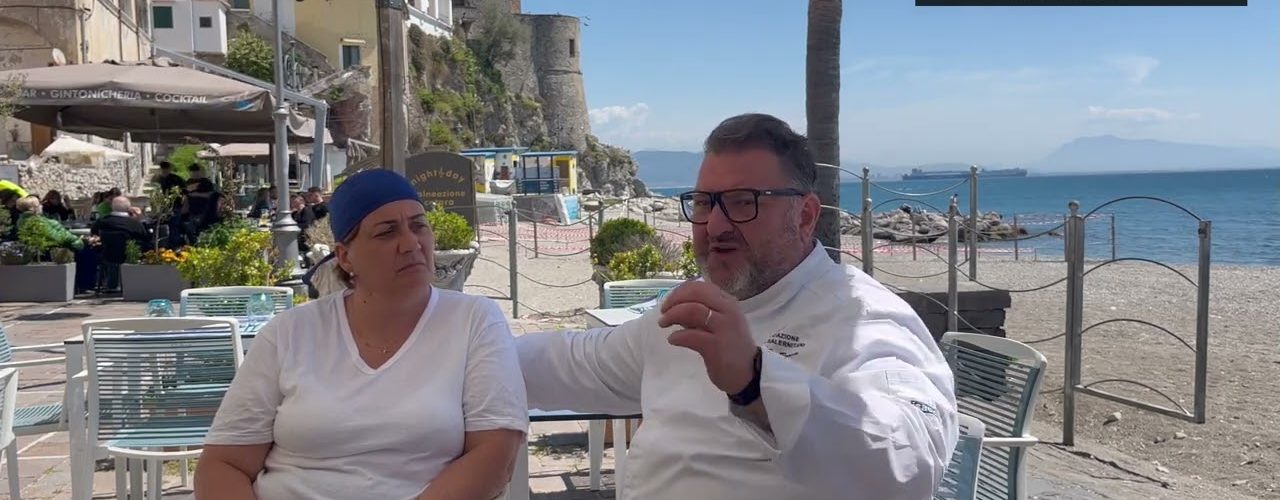The interview aims to recount the production and use of colatura di alici di Cetara, from local production in the past to modern production, with an excursus on the main uses of this product in the world of gastronomy. We will also talk about the socio-economic impact that colatura di alici has had on the Cetara community, the changes over the years in small family productions and how attitudes towards this product have changed after the European recognition of a DOP.
Interiew by: Adolfo Sellitto
Video by: Davide Paone; Antonio Ferrara; Matteo Castoro
Video Editing by: Matteo Castoro
Document by: Davide Paone
Subtitle ita/eng by: Matteo Castoro; Elisabetta Braca; Antonio Ferrara
Translation by: Adolfo Sellitto; Elisabetta Braca
MedEatResarch – Center of Social Research on the Mediterranean Diet of the University of Naples Suor Orsola Benincasa, head by Marino Niola and Elisabetta Moro
Realized: 28/04/2023






